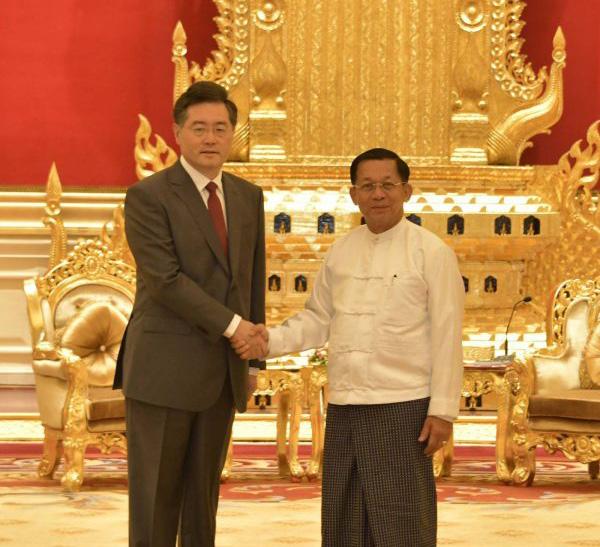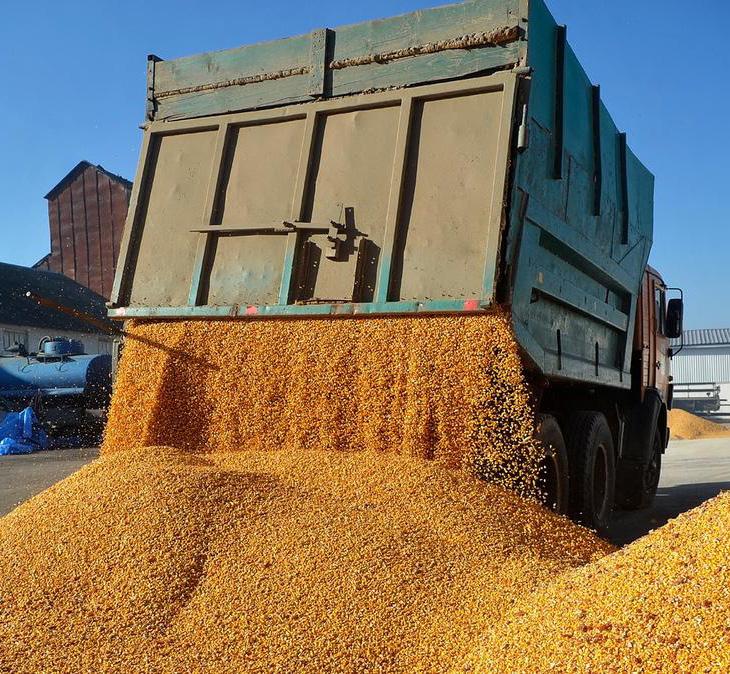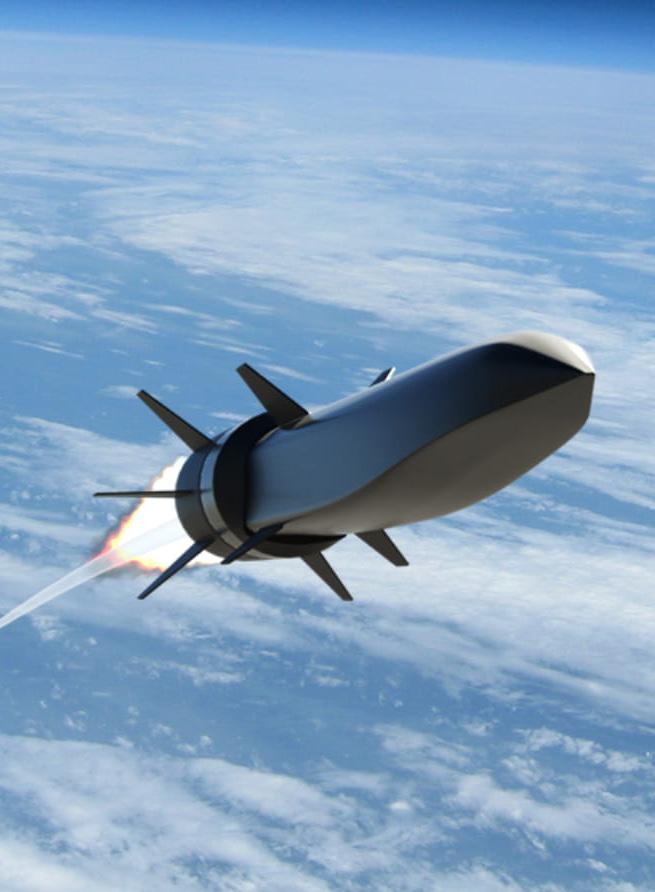
8 minute read
WORLD THIS WEEK
In collaboration with National Institute for Advanced Studies, Bengaluru
Authored by Harini Madhusudan, Rashmi Ramesh, Akriti Sharma, Ankit Singh, Padmashree Anandhan, Anu Maria Joseph and Femy Francis
Advertisement
ASEAN-India Maritime Exercise: Towards Maritime Domain Coordination
Teshu Singh
What happened?
On 2 May 2023, the first phase of the ASEAN India Maritime Exercises (AIME) started at the Changi Naval Base. The second phase will be conducted from 7-8 May 2023 in the South China Sea (SCS). The naval exercise involved nine ships, six aircraft and over 1800 personnel from the ASEAN Member States and India.
The opening ceremony of the AIME-23 was held at the Changi Naval Base in Singapore. INS Delhi and INS Satpura participated from the Indian side. INS Delhi is India’s first indigenously-built guided missile destroyer and INS Satpura is an indigenouslybuilt guided missile stealth frigate. They are part of the Indian Navy’s Eastern Fleet located at Visakhapatnam. The ships will also take part in the International Maritime Defence Exhibition (IMDEX-23) and International Maritime Security Conference (IMSC) being hosted by Singapore.
What is the background?
First, a brief note on the objectives of the first IndiaASEAN exercise - building trust and increasing operationality among navies. Amid the rising Chinese assertiveness in the Indo-Pacific region, particularly in the South China Sea, it is the first naval exercise between India and ASEAN countries. The frequency of the exercises has not been decided yet. It gives both sides an opportunity to familiarize themselves and collaborate on the naval front seamlessly. The Chief of Naval Staff of the Indian Navy has said that the “important outcome of these exercises is to build trust between various participants”. Second, ASEAN is a peacebuilder. Because of the increasing demand for trade and economic growth, ASEAN is conducive to making supply chains resilient and preparing for any human-induced shock. ASEAN lies at the core of India’s Act East Policy and is crucial for framing overarching security architecture to enable development and prosperity for all.
Third, militarised the South China Sea. China has militarized the SCS region by building artificial islands, occupying islands and reefs by force and using other means to maintain its sovereignty over the region. China claims the region on historical grounds and has maintained ambiguity about its clear position in the region. In 2016, China refused to comply with the Permanent Court of Arbitration award/verdict that was in favour of the Philippines. Recently, China has been aggressive in the Indo-Pacific region. China has held its second ferocious drill in the Taiwan Strait and has been luring the ASEAN countries with chequebook diplomacy. China is also cautiously looking at the IndiaChina border. At the 20th Party Congress of China, Xi Jinping included people with experience in dealing with India.
Fourth, conflict over resources. There is a conflict in the SCS region between China, Vietnam, the Philippines, Brunei, Malaysia and Taiwan. The dispute is over the strategic value of the islands and the vast mineral resources that lie underneath.
What does it mean?
Strategically, the South China Sea region is of vital importance to India. Almost 55 per cent of the Indian trade passes through the region. India does not have any territorial claims but has economic interests in the region.
Indian vision of the Indo-Pacific underscores the importance of ASEAN centrality. By conducting the exercises, India becomes the fourth country after the US, Russia and China to hold ASEAN +1 naval exercises. Overall, the objective of AIME 2023 is to achieve coordination with ASEAN countries in maritime domain awareness, build maritime defence capabilities of the ASEAN countries and support them in acquiring the advanced platform that India is producing.
World and Regional Roundups
China: US has advanced spy tactics since 2011, says a report
On 4 May, a report released by China’s National Computer Virus Emergency Response Centre (CVERC) and cybersecurity company 360, accuses the US of employing hackers to disrupt the functioning of governments, infrastructure, research institutions, and tech and oil companies since 2011. The report stresses that the CIA is secretly orchestrating “peaceful evolution” and “colour revolutions” around the world with the use of superior technology.
China: FM Qin Gang meets the chief of the Myanmar Junta to discuss diplomatic ties
On 2 May, Chinese foreign minister Qin Gang met with the Myanmar Junta chief Min Aung Hlaing. China has been a vital supplier to the Myanmar junta with arms and it refuses to condemn the Myanmar regime. Qin stating his support, said: “China stands with Myanmar on the international stage.” Additionally, during the visit, the officials discussed cooperation and diplomatic relations between the two.

India: Defense Minister visits the Maldives
On 1 May, the Defence Minister of India arrived in the Maldives for a three-day official visit.

He met with the President of Maldives and expressed India’s commitment to the country. He handed over a Fast Patrol Vessel (FPV) and a Landing Craft Assault ship to the Maldives National Defence Forces. During the visit, he said: India has emerged as a leading defence exporter in recent years. A defence manufacturing ecosystem has been created which has the advantage of abundant technical manpower. We produce worldclass equipment to meet not only our own needs but also for exports. India offers an enhanced defence partnership to friendly foreign countries, that is accommodative of their national priorities and capacities,”
Bangladesh: Prime Minister Sheikh Hasina visits the US
On 1 May, the Prime Minister of Bangladesh visited the US to attend the 50-year partnership between Bangladesh and World Bank. She also met with the officials of the IMF and the USBangladesh Business Council. At the World Bank, she asked for assistance for Bangladesh’s transition to a developing country under the Delta Plan 2021. She also highlighted the trade partnership between the US and Bangladesh. She said that hi-tech parks and IT zones will be created in the country for American businesses to operationalise.
India: India-Russia suspend talks to settle trade in INR
On 1 May. Reuters quoted senior officials from the Government of India saying that Russia has still not warmed up to the idea of using the surplus rupee it will gather after trade in INR initiates. Reuters estimated that Russia does not desire INR surplus of up to USD 40 billion. The Indian side has suggested using the surplus in equities and bonds and did not clarify if the talks were suspended or halted for now. India’s export share in global trade is around 2 per cent, and USD remains desirable, while Russia had suggested trade with India is CNY.
India: APSEZ sells Myanmar port at a discounted price of USD 30 million
On 4 May, Adani Ports and Special Economic Zone Limited (APSEZ) announced the sale of its controversial port in Myanmar to an unknown buyer, Solar Energy at a big loss of USD 60 million. APSEZ, in its own independent evaluation, deemed the port as risky following sanctions on Myanmar by the US and a longer approval process, and not meeting certain condition precedents. APSEZ had paid USD 90 million for the land lease. In August 2019, a UN report indicated the role of foreign business in developments in Myanmar.
Russia: Two UAVs disabled by Russian air defences
On 3 May, Putin’s office reported that two Ukrainian UAVs had been disabled by air defences that were headed to strike the president’s Kremlin residence in Moscow in the early hours. Moscow described the drone strike as a “pre-planned terrorist act” and an attempt on Putin’s life perpetrated by Kyiv. On 4 May, the Russian presidential spokesperson claimed that all of Kyiv’s decisions are ultimately dictated by Washington, including which targets to hit and by what means, which makes the US also responsible for the attack on Kremlin/ Putin’s life.
Europe: Grain deal signed with eastern European countries to allow export of Ukraine grains

On 29 April, the European Commission announced the signing of the grain deal with eastern European countries for agricultural imports from Ukraine. Previously tensions arose due to Hungary, Slovakia, Bulgaria and Poland imposing restrictions to Ukraine’s grain imports. According to the report, wheat, maize, rapeseed, and sunflower seeds would come under safeguard measures.
The US: Contracts of Northrop Grumman and Raytheon on hypersonic defence extended

On 5 May, Defense Daily reported on the additional firm-fixed-price modifications awarded to the two defence producers. The modified contracts boosted the value of the companies’ contracts by USD 29 million for Northrop Grumman (NOC) and USD 18 million for Raytheon Technologies (RTX). The Missile Defence Agency (MDA) extended the contracts to let companies continue refining the missile defence technology on Glide Phase Interceptor (GPI). GPI hypersonic missile would intercept the incoming hypersonic missile during the glide phase as traditional missile defence cannot scope the speed and manoeuvrability of high-speed and low-altitude hypersonic missiles. The value of the NOC and RTX contracts stands at USD 156 million and USD 153 million, respectively.
About the Authors
Harini Madhusudan, Rashmi Ramesh, Akriti Sharma and Ankit Singh are PhD scholars in the School of Conflict and Security Studies at the National Institute of Advanced Studies. Padmashree Anandhan, Anu Maria Joseph, and Femy Francis are Research Associates at NIAS. The report has been modified by India News for space considerations.








